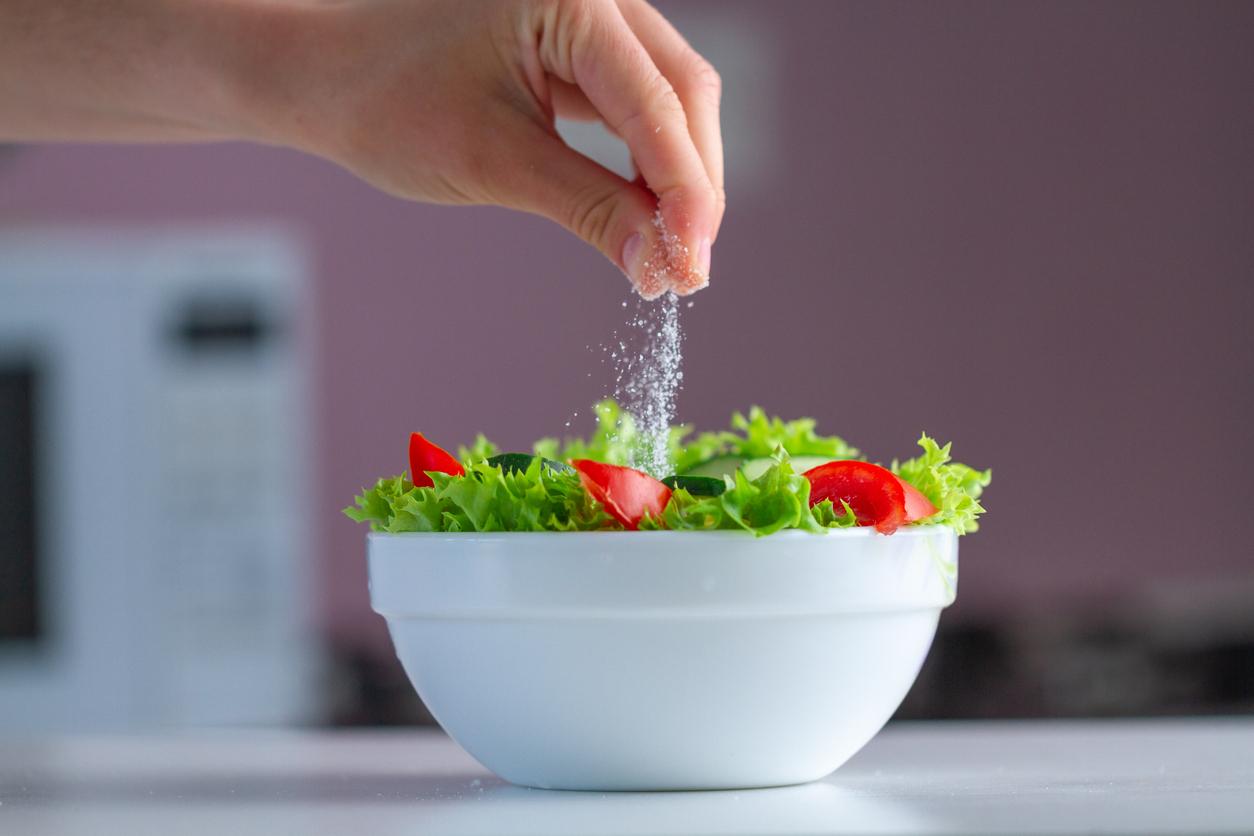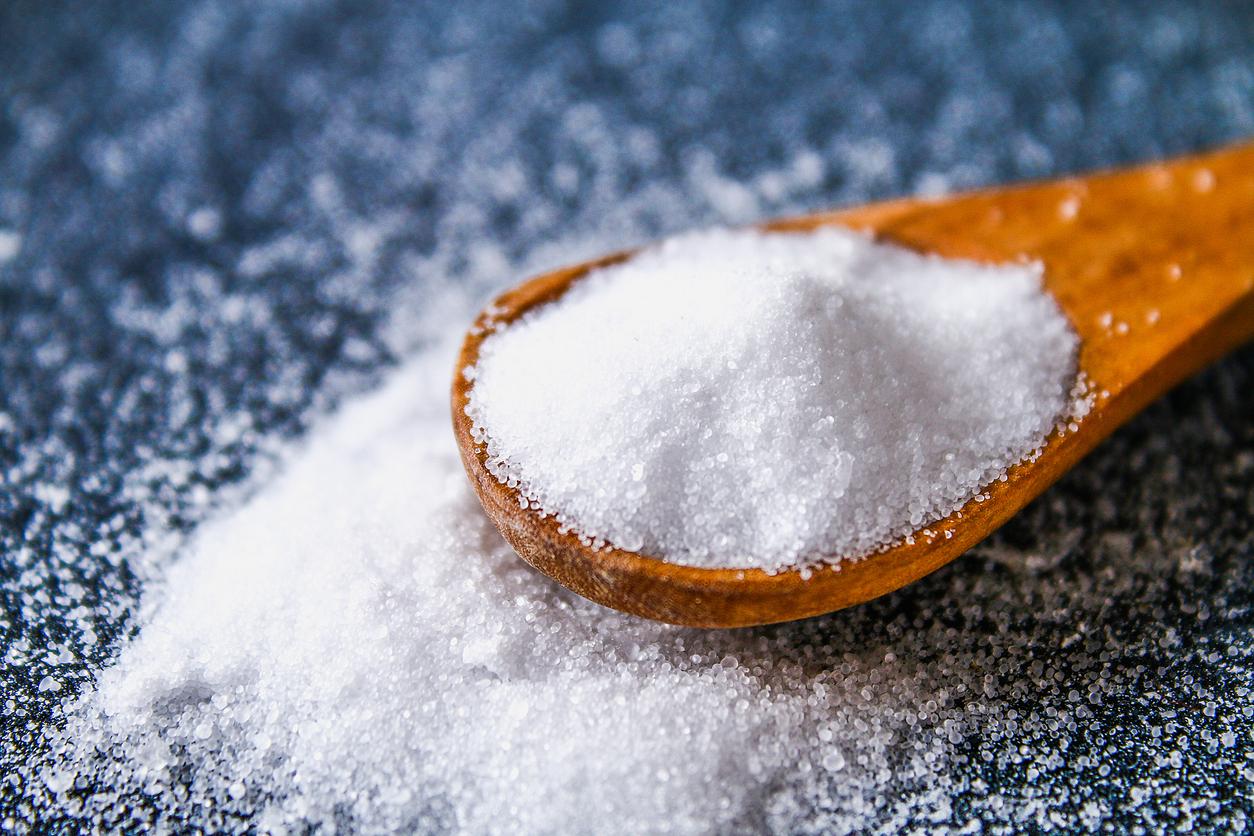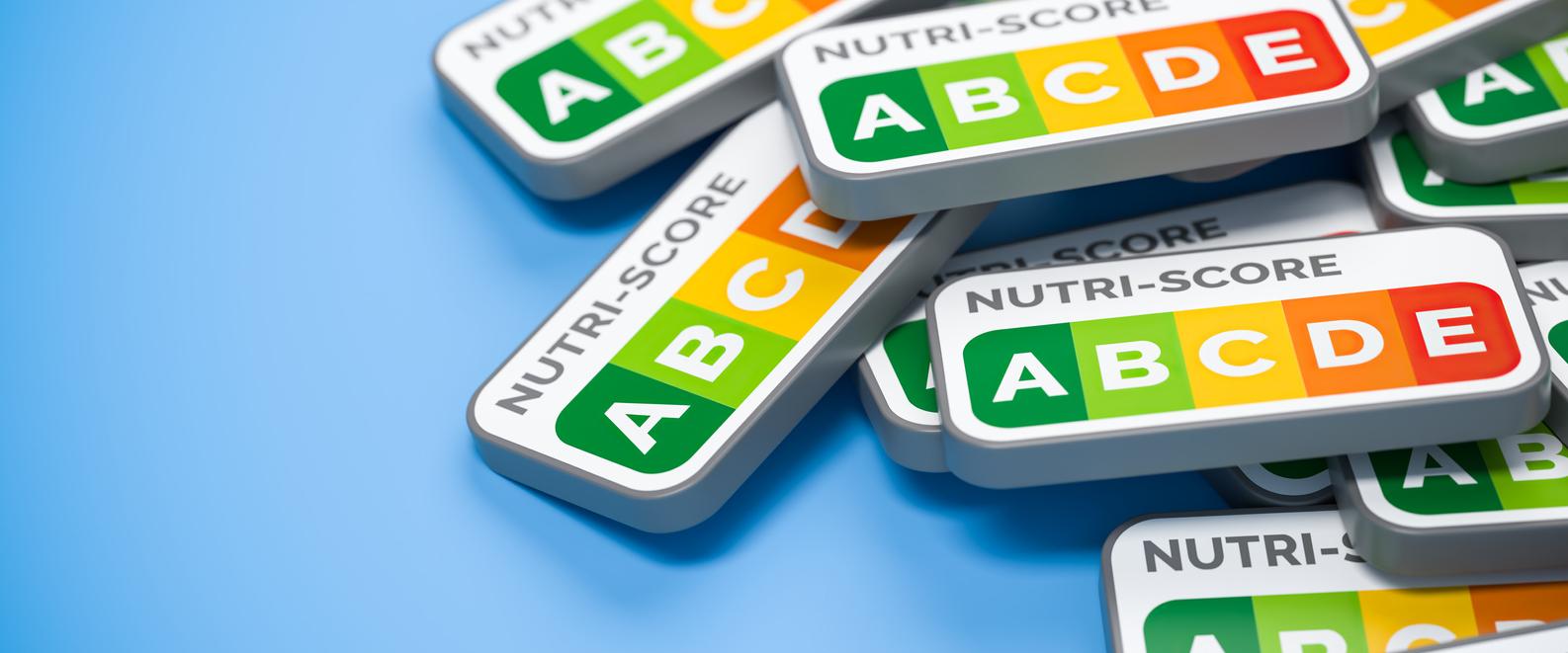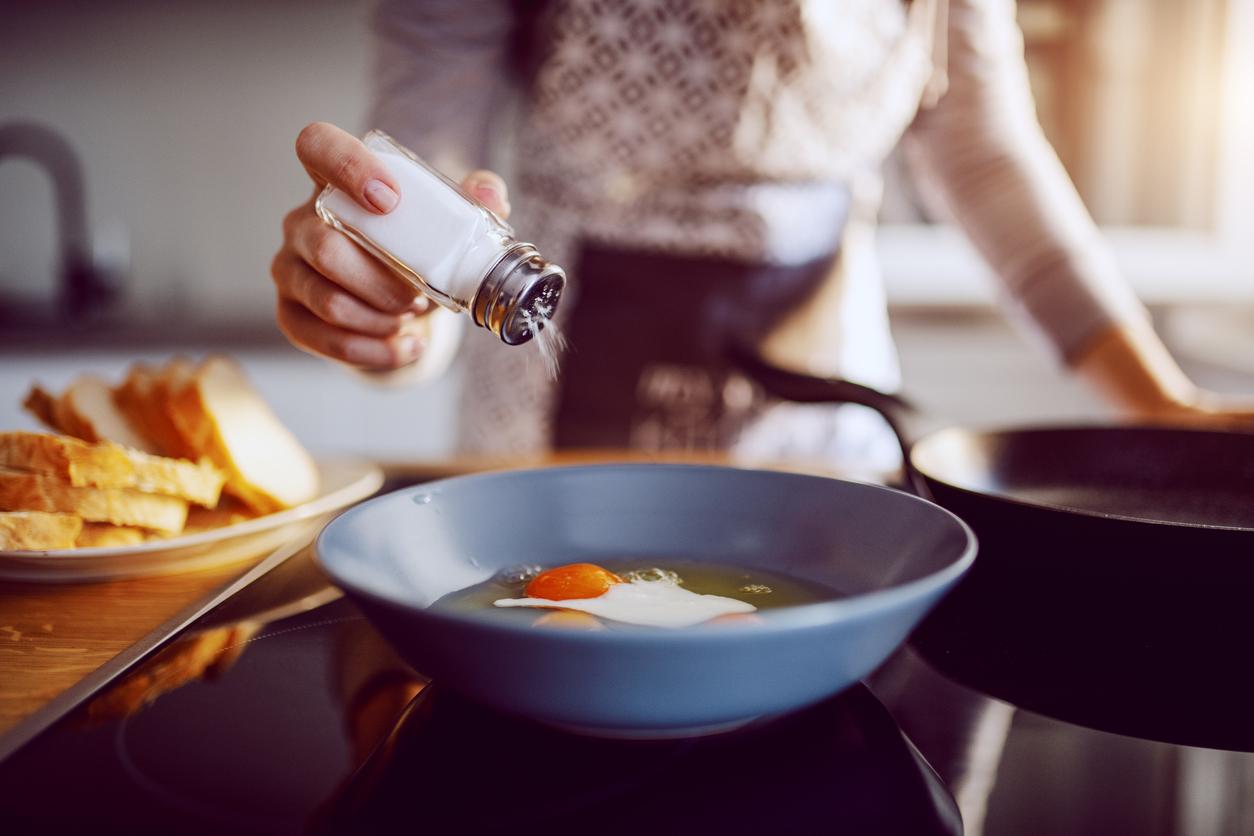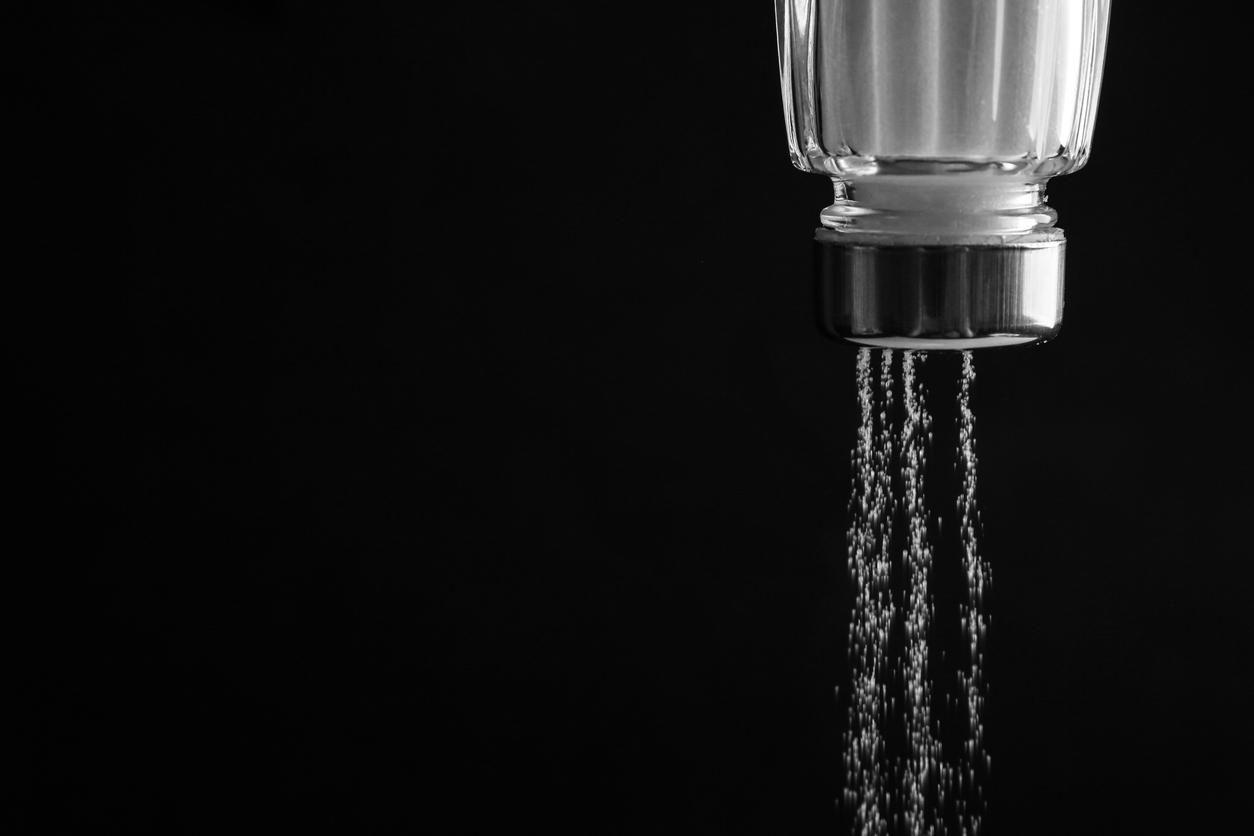
Healthier salted?
Himalayan salt, Celtic sea salt, black salt and even smoked salt. You see more and more special types of salt. Are they healthier than regular table salt?
Salt consists of at least 95 percent sodium chloride (NaCL). The table salt and the somewhat finer table salt that you have in your cupboard at home in the Netherlands comes from rock salt (from underground mines). For this, water is pumped into subterranean rock layers, the salt dissolves and is then evaporated under vacuum.
Iodine
The average Dutch person eats 7-10 grams of salt per day (men eat an average of 9.9 grams and women 7.5 grams per day), while the advice is to consume no more than 6 grams of salt (2.4 grams of sodium). Most salt comes from bread, but the food industry also adds a lot of salt to other foods.
Too much salt is not healthy. But a lot of table salt does have a healthy addition: iodine. Iodine is a trace element that is important for the production of thyroid hormones. These hormones are necessary for proper growth, the development of the nervous system and metabolism. Most Dutch people get enough iodine through their diet, but that does not apply to everyone. That is why table salt and bread salt is enriched with iodine, which can be read on the packaging or by the name (JOZO = iodine-containing salt). If you don’t eat bread, it’s smart to use iodized salt. Other foods contain hardly any iodine, with the exception of sea fish and a little in eggs. And please note: all special salts in this article contain little or no iodine.
Salted differently
Contrary to what is claimed, choosing Himalayan salt or other hip salt is not healthier. Like regular salt, it also largely consists of sodium chloride. And too much of that is not good for your kidneys and heart.
The difference is that these special salts are not refined after extraction. As a result, the naturally present minerals, such as calcium and magnesium, are preserved. And that gives the salt for gourmets a special taste or has a different color and is therefore popular in the kitchen and on the table. But that small amount of minerals (about 5 percent) doesn’t help much, because you only use very little of them. In short, it is nice, looks very culi, but for your health it is still best not to use too much salt.
Fleur de sel
This is called the caviar among the salts and is often a favorite of chefs. This sea salt is extracted from the surface of a salt pan in Guérande in France. This is only possible with the right weather conditions, a certain temperature of the water and salt balance in the water. Under ideal conditions, a thin film of salt briefly forms on the surface of the seawater. That is manually scooped from the surface and dried in the sun. This salt is too expensive to cook with, so you use it for the finishing touch of a dish.
Himalayan salt
This salt from the Himalayas is millions of years old and does not undergo any processing after extraction. This pure salt has a refined and mild taste, thanks to the traces of various minerals and trace elements. Available in chunks, coarse and ground.
celtic sea salt
Sea salt with a natural gray color. Like Fleur de sel, it comes from the Guérande region. It is mined by hand according to ancient Celtic traditions. If it is no longer processed, you are left with the Celtic sea salt: salt with large crystals. It is even a bit damp and therefore not so good in a salt mill. Dried and ground Celtic sea salt is also available.
potassium salt
This is a salt mixture in which part of the sodium chloride has been replaced by potassium chloride. As a result, this mineral salt contains 66-70 percent less sodium than regular table salt. Potassium in this salt lowers the blood pressure-raising effect of sodium. For sale, for example, as Jozo conscious or Lo Salt. It tastes slightly bitter.
Kosher salt
This salt has been checked by a rabbi and is therefore allowed to bear this name. It is a typical American product, because salt is always kosher. Usually this is natural sea salt, but it can be any salt. You can find it in English recipes. Coarse sea salt is an excellent substitute for this salt.
persian blue
Salt with a beautiful white-blue grain and a mild taste. It is mined in a salt mine in Iran. Where the color comes from is unknown.
smoke salt
Smoked salt is made by smoking sea salt on wood, such as birch or alder wood. This gives it a real smoky taste. There is also smoked salt for sale that does not involve wood, artificial fragrances do the work in this.
black salt
For black lava salt, seawater in Hawaii is collected in lakes with black lava rocks. Because of those lava rocks, the decorative black salt is in coarse crystals.
Salt with a unique, sulphurous taste is the so-called Indian black salt, Kala Namak. It comes from quarries at the foot of the Himalayas. By the way, this salt is not really black, the color becomes light pink when grinding.
If you put the above salts on the table, it can indeed give your food a different accent. However, keep in mind that this salt is also just salt in the end and too much of it is bad for the heart and kidneys.








